Diamond lockets have been cherished for centuries. They not only hold precious memories but also serve as exquisite fashion accessories.
In this guide, we'll explore the myriad ways you can design a diamond locket, ensuring it becomes a unique reflection of your style and sentiment.Types of Diamond Lockets Worn On Different Occasions
1. Single Solitaire (Classic)
There's a reason why the single solitaire diamond locket never goes out of style. Its simplicity and understated beauty make it a timeless choice.
Whether set in white gold or platinum, the solitaire locket exudes sophistication. You can also opt for a colored gemstone as the centerpiece, adding a vibrant touch.
2. Filigree Locket (Vintage)
If you appreciate intricate art, a filigree diamond locket is perfect. The delicate metalwork creates an enchanting pattern, reminiscent of a bygone era.
The filigree design also allows for more diamonds to be incorporated, enhancing the overall sparkle. It's a piece that's sure to be noticed and admired.
3. Geometric Locket (Modern)
For those who prefer contemporary designs, a geometric diamond locket is a great choice. With clean lines and bold shapes, it exudes a sense of modernity.
Geometric lockets can be customized with a combination of diamonds and other gemstones, creating a striking contrast and a truly unique piece.
4. Locket Pendant (Natural)
A locket pendant is not just a piece of jewelry; it's a treasure chest of memories. These lockets feature a hinged compartment where you can place a small photo or a lock of hair.
The diamond embellishments on the exterior add a touch of elegance. It's a beautiful way to keep loved ones close to your heart.
5. Floral Locket (Beautiful)
Nature has always been a rich source of inspiration for jewelry design. A floral diamond locket captures the beauty of flowers in a wearable form.
From a single blooming rose to a bouquet of different blossoms, the options are endless. The intricate detailing of the petals and the diamond accents make these lockets truly enchanting.
How To Check Quality of a Diamond Locket?
Whether you prefer a classic, vintage, or contemporary design, a diamond locket is a piece that will always be cherished. It's not just about the diamonds; it's about the story and emotions it holds.
So, when you're designing your dream locket, let your imagination soar. After all, it's a piece that's as unique as you are.
Importance of Assessing Diamond Quality
Diamonds are not only beautiful but also significant investments.
Whether you're buying a diamond for an engagement ring 💍or as a collector's item 💎 it's crucial to understand its quality.
The quality of a diamond determines its brilliance, fire, and overall value.
In this section, we'll explore various methods to assess diamond quality, ranging from the widely known 4Cs to more advanced techniques.
4Cs: To Check Diamond Quality
When it comes to diamond quality, the 4Cs are the most well-known factors: carat, color, clarity, and cut.
Carat 🔢refers to the weight of the diamond, with larger diamonds generally being more valuable.
Color 💙 is graded on a scale from D (colorless) to Z (light yellow or brown), with the most valuable diamonds being colorless.
Clarity 🔍 measures the presence of inclusions or blemishes, with higher clarity grades indicating a cleaner diamond.
Cut 🔶 refers to how well the diamond has been shaped and faceted, affecting its brilliance.
The 4Cs provide a comprehensive overview of a diamond's quality and are a great starting point for any assessment.
Fluorescence Technique: To Check Diamond Quality
Some diamonds emit a fluorescent glow when exposed to ultraviolet light. While this may not directly affect the diamond's beauty, it's an important factor to consider.
Use of Microscope To Examine a Diamond
Another advanced technique is the use of a loupe or microscope to examine a diamond's inclusions. These microscopic imperfections, often invisible to the naked eye, can impact a diamond's clarity and value.
Additionally, professionals may use tools like a spectroscope or polariscope to analyze a diamond's light performance and optical properties.
Diamond Certification
When buying a diamond, it's crucial to ensure its authenticity and quality.
This is where certifications come in. Reputable gemological laboratories, such as the Gemological Institute of America (GIA) or the American Gem Society (AGS), provide detailed reports on a diamond's quality.
These reports, often referred to as certificates, include information on the 4Cs, as well as any additional observations.
When purchasing a diamond, always ask for a certificate from a trusted laboratory. It's a guarantee of the diamond's quality and can be useful for insurance purposes as well.
Consulting with Experts
While certifications and technical assessments are valuable, there's no substitute for the expertise of a trained professional.
Diamond appraisers and gemologists have years of experience in assessing diamond quality. They can provide insights that go beyond the numbers and technical details.
Whether it's determining the best cut for maximum brilliance or identifying a diamond's unique characteristics, their expertise is invaluable.
When making a significant diamond purchase, consider consulting with an expert to ensure you're making the right choice.
Comprehensive Approach to Diamond Quality
Assessing diamond quality is a multi-faceted process. From the 4Cs to advanced techniques, certifications, and expert opinions, each aspect contributes to a comprehensive assessment.
Whether you're a diamond enthusiast or a potential buyer, understanding these different methods is essential. It not only helps you make an informed decision but also deepens your appreciation for the beauty and intricacies of diamonds.
How To Choose Highest Quality Diamonds?
Diamonds have captivated us for centuries with their brilliance and beauty. But when it comes to buying one, it's essential to know what to look for.
In this section, we'll guide you through the key factors to consider, ensuring you choose a diamond that's not just visually stunning but also of the highest quality.
1. The 4Cs in Detail
The 4Cs - Cut, Color, Clarity, and Carat Weight - are the fundamental criteria for assessing a diamond's quality.The cut determines its sparkle, while color and clarity affect its visual purity. Carat weight, on the other hand, refers to its size.
Understanding these factors will help you compare diamonds and select the one that suits your preferences.
2. Prioritize Cut Quality
The cut is often considered the most crucial. A well-cut diamond reflects light in a way that maximizes its brilliance.Even if a diamond has excellent color and clarity, a poor cut can make it appear dull. So, always prioritize cut quality for a dazzling diamond.
3. Color: Beyond the Obvious
When we talk about diamond color, we're referring to its lack of color. The most valuable diamonds are those that are completely colorless. However, subtle color variations can also be appealing, depending on personal taste.
If you're looking for a white diamond, aim for a grade between D and H, as these are nearly colorless and offer good value.4. The Clarity Conundrum
Diamonds are formed under immense pressure, and this often results in internal or external flaws called inclusions and blemishes, respectively.Clarity refers to the absence of these imperfections. While flawless diamonds are incredibly rare and expensive, a diamond with slight inclusions that are invisible to the naked eye can be a more budget-friendly choice.
5. Carat Weight: Balancing Size and Quality
Carat weight is often associated with a diamond's size, but a larger diamond isn't always better.A smaller diamond with excellent cut, color, and clarity can outshine a larger one with inferior qualities. So, consider carat weight in conjunction with the other 3Cs for a well-rounded evaluation.
6. Importance of Certification
When buying a high-quality diamond, always insist on a reputable grading report from an independent gemological laboratory.This report, often provided by organizations like GIA or AGS, verifies the diamond's 4Cs and ensures its authenticity. It's your assurance of the diamond's quality and value.
7. Choosing Right Diamond Shape
Diamonds come in various shapes, from the classic round brilliant to the elegant princess and the vintage-inspired cushion.Each shape has its unique appeal, and the choice ultimately comes down to personal style. Consider trying on different shapes to see which one resonates with you the most.
8. Setting Styles: Enhancing Diamond's Beauty
The setting of a diamond can significantly impact its overall appearance. A halo setting, for example, can make a smaller diamond appear larger, while a solitaire setting showcases the diamond's simplicity and elegance.Be sure to explore different setting styles to find the one that complements your chosen diamond.
9. Metal Matters: Choosing Right Band
While the diamond takes center stage, the metal band plays a supporting role. Common choices include platinum, white gold, yellow gold, and rose gold.Each metal has its unique characteristics, from platinum's durability to yellow gold's warm glow. Consider factors like durability, color, and personal style when selecting the band metal.
10. Balancing Budget and Quality
Diamonds are available at a wide range of prices, and it's crucial to find the right balance between your budget and the diamond's quality.A smaller diamond with excellent cut, color, and clarity can often be more visually appealing than a larger one with inferior qualities. So, prioritize quality over size if you're working with a limited budget.
11. Consider Diamond Fluorescence
Fluorescence refers to a diamond's tendency to emit a soft glow when exposed to ultraviolet light.While strong fluorescence can make a diamond appear hazy, faint to medium fluorescence is generally not visible to the naked eye and can even make a diamond appear whiter.
12. Allure of Fancy Colored Diamonds
While white diamonds are the most popular, fancy colored diamonds have their own unique charm. From the intense blue of a Hope Diamond to the vibrant yellow of a Canary Diamond, these rare gems make a striking statement.If you're considering a colored diamond, be sure to evaluate its color intensity and evenness.
13. World of Diamond Treatments
Diamond treatments are techniques used to enhance a diamond's appearance. While some treatments, like laser drilling to remove inclusions, are widely accepted, others, like high-temperature annealing, are less desirable.Always inquire about any treatments a diamond may have undergone and ensure full disclosure from the seller.
14. Online Diamond Buying Experience
With the rise of online diamond marketplaces, buying a diamond has never been more convenient. However, exercise caution.Only purchase from reputable websites that provide detailed information and high-resolution images. Additionally, ensure a generous return policy, allowing you to inspect the diamond in person before making a final decision.
15. Value of Diamond Appraisals
A diamond appraisal is a professional assessment of a diamond's value. While it's not the same as a grading report, an appraisal can be useful, especially for insurance purposes.Consider getting an appraisal for any significant diamond purchase, and be sure to choose a qualified appraiser with relevant credentials.
16. Caring for Your Diamond: Maintenance Tips
Diamonds are durable, but they still require proper care to maintain their brilliance.
Regular cleaning with a gentle solution and a soft brush, storing them separately to avoid scratches, and periodic professional inspections are some of the essential maintenance practices.
Treat your diamond with care, and it will continue to shine for generations.
17. Sentimental Value of Vintage Diamonds
Vintage or antique diamonds have a unique charm that's hard to replicate. Whether it's the intricate craftsmanship of an Art Deco piece or the romanticism of a Victorian design, these diamonds carry a sense of history and nostalgia.If you're drawn to vintage diamonds, be sure to source them from reputable antique jewelers.
18. Rising Popularity of Lab-Grown Diamonds
Lab-grown diamonds, also known as synthetic or man-made diamonds, are becoming increasingly popular. These diamonds have the same physical and chemical properties as natural diamonds but are created in a controlled environment.They offer an ethical and often more affordable alternative. If you're considering a lab-grown diamond, ensure it comes with proper certification.
19. Timeless Elegance of Diamond Studs
Diamond studs are a classic jewelry staple, loved for their versatility and timeless appeal. When choosing diamond studs, consider the 4Cs, with a particular emphasis on cut quality.The right pair of diamond studs can elevate any outfit, making them a worthwhile investment.
20. Trust Your Instincts: Final Decision
While all the tips and guidelines are valuable, the final decision should ultimately be based on your instincts. A diamond is not just a piece of jewelry; it's a symbol of love, commitment, or personal style.Choose the diamond that speaks to you, one that you can't help but admire every time you look at it.
Your Journey To The Perfect Diamond
The process of choosing a high-quality diamond can be both exciting and overwhelming. But armed with the right knowledge and these 20 tips, you're well-equipped to make an informed decision.
Whether it's the brilliance of a well-cut diamond or the allure of a colored gem, each diamond has its own story to tell. So, embark on your diamond journey, and may you find the perfect gem that's as unique as you are.
How To Create Timeless Beauty of Diamond Lockets?
Diamond lockets have been cherished for centuries, symbolizing love and elegance. In this section, we'll delve into the art of creating these exquisite pieces, exploring both age-old methods and cutting-edge technologies.
Traditional Metal Work - A Labor of Love
Crafting a diamond locket through traditional metal work involves meticulous steps.
From shaping the base metal to setting the diamonds, every stage requires the skillful hands of a master jeweler.
This method not only ensures durability but also adds a touch of artisanal charm.
Intricacy of Hand Engraving
Hand engraving is a technique that imparts intricate patterns and designs to the locket's surface.
The engraver's expertise lies in their ability to create depth and texture, enhancing the overall visual appeal. It's a time-consuming process, but the results are truly mesmerizing.
Allure of Filigree
Filigree, a delicate form of metalwork, involves twisting and curling fine metal wires to create intricate motifs.When combined with the brilliance of diamonds, the locket becomes a work of art. The art required for filigree is exceptional, making each piece truly unique.
Embracing Modernity with 3D Printing
In recent years, 3D printing has revolutionized the jewelry industry. With this technology, designers can create intricate, complex designs that were once unimaginable.The precision and speed of 3D printing allow for efficient production, while still maintaining the desired level of detail.
Whether it's the timeless allure of traditional metalwork or the cutting-edge techniques of 3D printing, the creation of a diamond locket is a journey that combines skill, artistry, and innovation.
Each method has its own charm, ensuring that these exquisite pieces continue to captivate for generations to come.
Diamond lockets have always held a special place in the world of jewelry. Their elegance, versatility, and sentimental value make them a cherished possession.
Whether it's a gift for a loved one or a personal indulgence, a diamond locket is a timeless piece that never goes out of style.
Step 1: Choosing the Perfect Diamond
The first step in creating a diamond locket is selecting the right gemstone. Consider the 4Cs: carat, cut, color, and clarity.
Each factor contributes to the overall beauty and value of the diamond.
Additionally, think about the shape and setting style that best compliments your design.
Step 2: Designing the Locket
The design of a locket is what sets it apart. From classic heart-shaped lockets to intricate filigree patterns, the options are endless.Sketch out your ideas or consult with a jewelry designer to bring your vision to life. Don't forget to consider the size, weight, and functionality of the locket as well.
Step 3: Materials and Components
Apart from the diamond, the choice of materials and components is crucial. The metal, such as gold or platinum, should complement the diamond and the overall design.The clasp, hinge, and chain should be durable and secure, ensuring the locket can be worn with confidence.
Step 4: Crafting the Locket
Once the design and materials are finalized, it's time to start crafting. This involves a combination of traditional techniques and modern technology.
From shaping the metal to setting the diamond, each step requires precision and skill. It's a labor-intensive process, but the end result is worth it.
Step 5: Finishing Touches
The final stage of creating a diamond locket is the finishing touches. This includes polishing the metal to a high shine, ensuring all components are securely attached, and inspecting the piece for any imperfections.
It's a meticulous process that ensures the locket is flawless and ready to be worn.
Timeless Appeal of Diamond Lockets
Diamond lockets have been cherished for centuries, symbolizing love and capturing precious memories. The key to their allure lies in the choice of diamond.
In this guide, we'll explore the factors to consider when selecting a diamond for your locket, ensuring it becomes a cherished heirloom.
1. Understanding the 4Cs: Carat, Cut, Color, and Clarity
The 4Cs are the fundamental criteria for assessing a diamond's quality. Carat refers to its weight, while cut determines its brilliance and fire.Color ranges from colorless to light yellow, with the former being more valuable. Clarity measures the presence of internal or external flaws. Balancing these factors is crucial to finding the right diamond for your locket.
2. Importance of Cut: Maximizing Brilliance
While all 4Cs are significant, the cut of a diamond has the most significant impact on its beauty.A well-cut diamond reflects and refracts light, creating that mesmerizing sparkle. For a locket, consider a round or princess cut, as they offer excellent brilliance even in smaller sizes.
3. Balancing Carat and Size: Optimal Proportions
When it comes to carat weight, bigger isn't always better. The size of the diamond should be proportionate to the locket's overall design.A small, intricately designed locket might benefit from a smaller diamond, while a larger locket can accommodate a more substantial stone. It's about finding the right balance for a visually pleasing result.
4. Color Considerations: Enhancing the Locket's Aesthetic
The color of a diamond can either complement or clash with the locket's metal and design. If the locket features white gold or platinum, a colorless or near-colorless diamond would be an ideal choice.On the other hand, a yellow or rose gold locket can be beautifully accentuated by a slightly warmer diamond.
5. Clarity: Striking the Right Balance
While flawless diamonds are highly sought after, they come with a higher price tag. For a locket, where the diamond is often viewed from a distance, a slightly lower clarity grade can be acceptable.The key is to strike a balance between clarity and budget, ensuring the diamond still appears stunning to the naked eye.
Importance of Choosing the Right Metal
While lockets are undoubtedly a beautiful accessory, the metal they are made of plays a crucial role in their durability, appearance, and even sentimental value.
In this guide, we'll explore the various metals commonly used in lockets, their unique characteristics, and the factors you should consider when making a decision.
Gold Lockets
When it comes to lockets, gold has always been a symbol of luxury and elegance. Available in different shades like yellow, white, and rose, gold lockets are cherished for their timeless beauty.
Not only does gold resist tarnishing, but it also holds sentimental value, often being passed down through generations. However, pure gold (24 karats) is relatively soft, so lockets are usually made with lower karatage gold or combined with other metals for added strength.
Sterling Silver
If you're looking for a metal that combines affordability with a classic look, sterling silver is an excellent choice. Made of 92.5% pure silver and 7.5% other metals, such as copper, sterling silver lockets offer a brilliant shine and can be easily engraved or customized.
While silver does tarnish over time, regular cleaning and proper storage can help maintain its luster. Additionally, silver lockets are often more lightweight compared to gold, making them comfortable for everyday wear.
Stainless Steel
In recent years, stainless steel has gained popularity as a material for lockets.
Known for its strength, durability, and resistance to corrosion, stainless steel lockets are perfect for those seeking a modern and low-maintenance option. They are also hypoallergenic, making them suitable for individuals with sensitive skin.
With advancements in technology, stainless steel lockets can now be found in various finishes, including high-polish, matte, or even with intricate designs.
Gold/Silver
While gold, silver, and stainless steel are the most common choices, there are other metals worth considering. For a vintage or antique look, brass or bronze lockets can be an excellent option.
Titanium, known for its lightweight and hypoallergenic properties, is another alternative. Additionally, for those on a budget, alloys like pewter or nickel silver can provide an affordable yet stylish choice. However, it's crucial to ensure the metal used is of good quality to avoid any skin irritations or discoloration.
Balancing Durability and Budget
In the end, choosing the right metal for your locket is a personal decision that depends on your preferences, budget, and the intended use.
While gold exudes luxury, silver offers versatility, and stainless steel provides durability. Consider factors like maintenance requirements, potential allergies, and the overall design of the locket.
By weighing these aspects, you can make an informed choice that ensures your locket not only looks stunning but also stands the test of time.


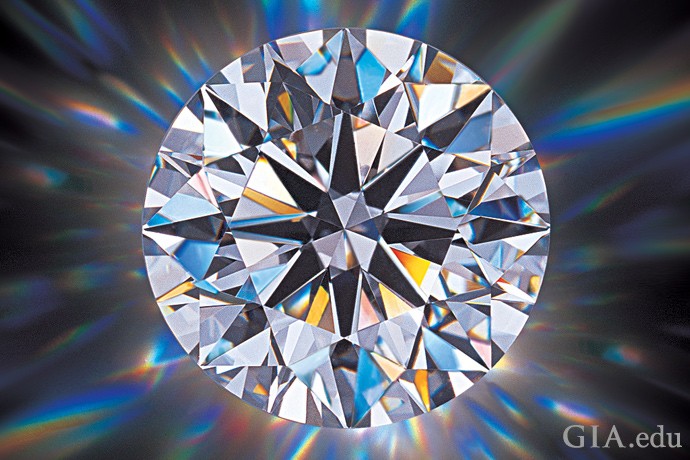



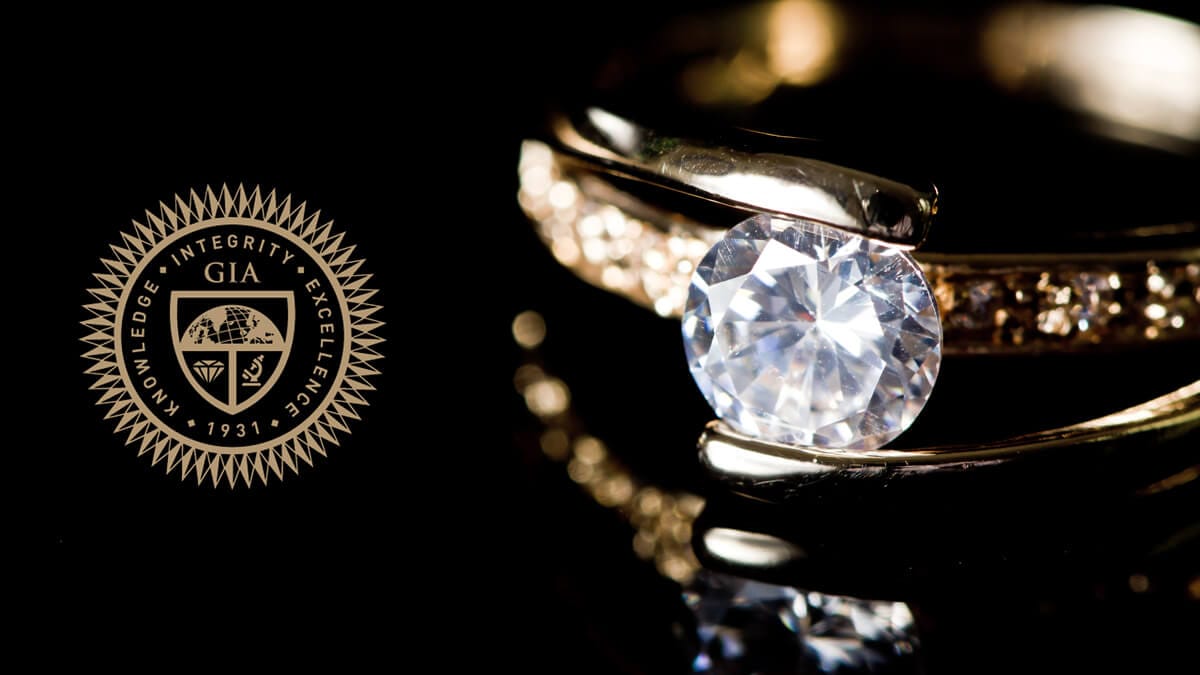
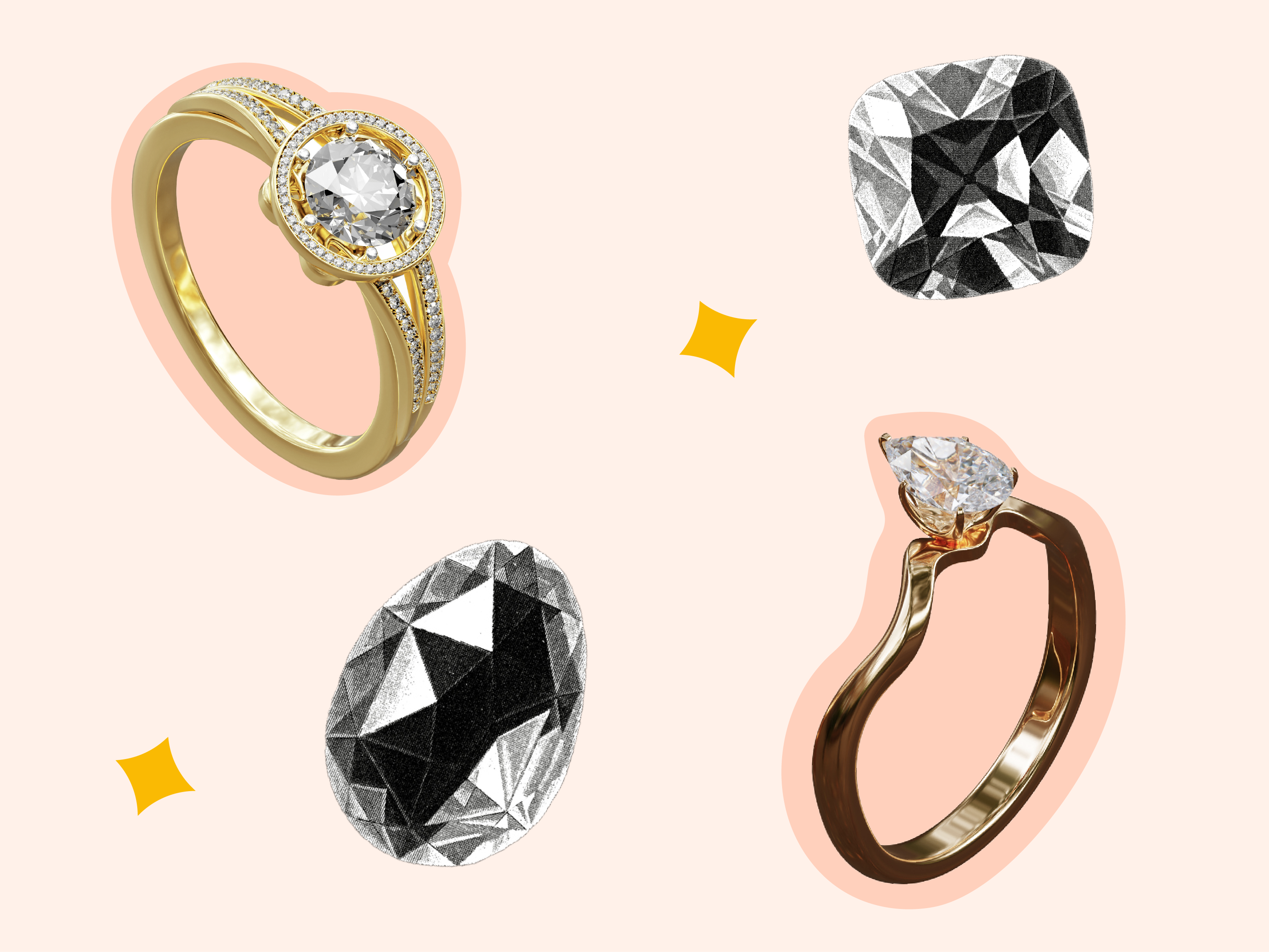
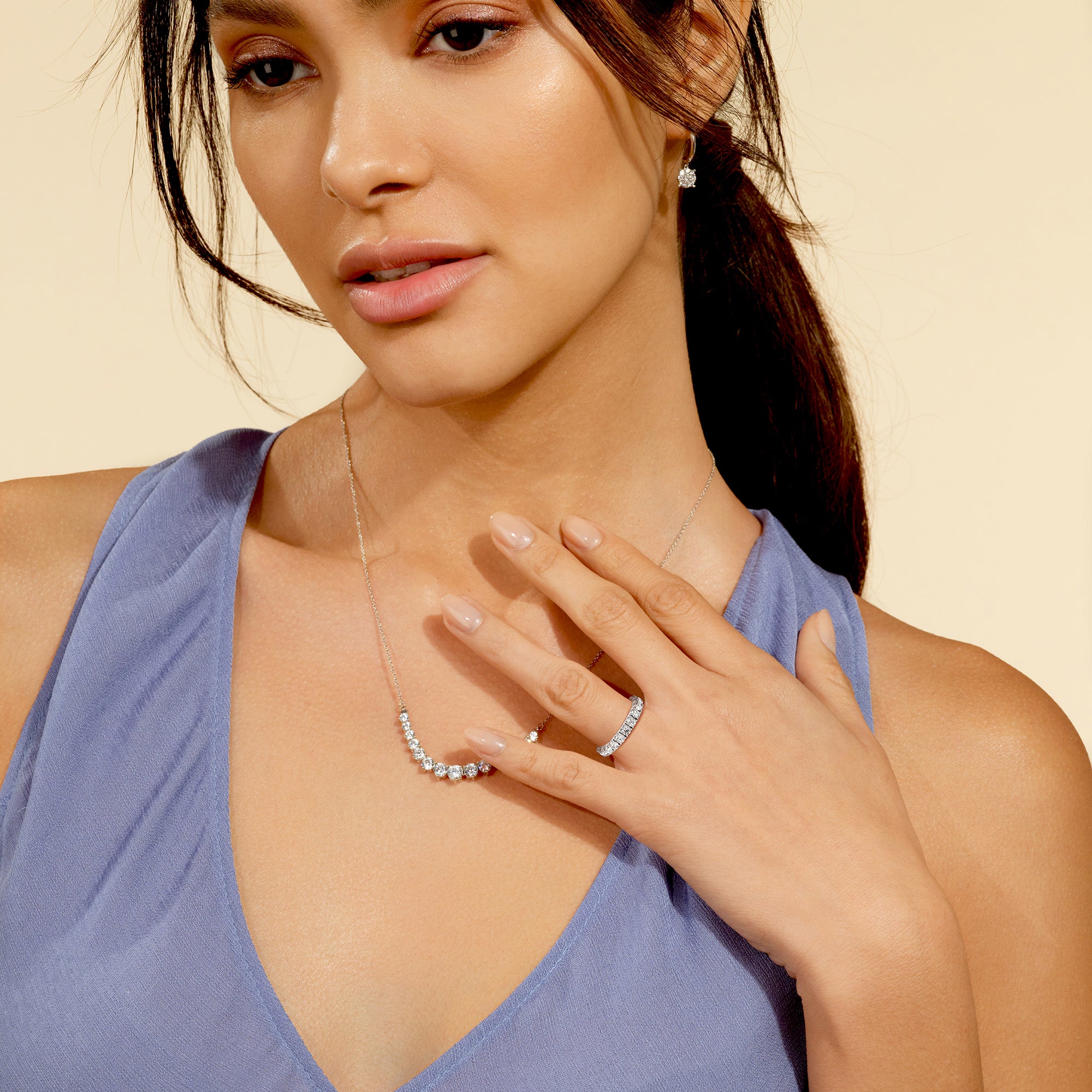

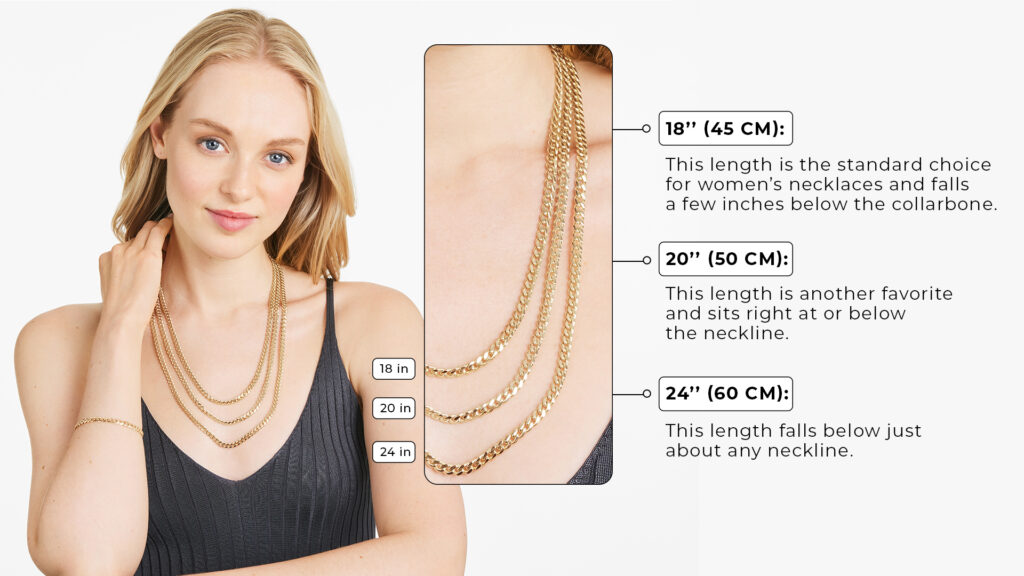




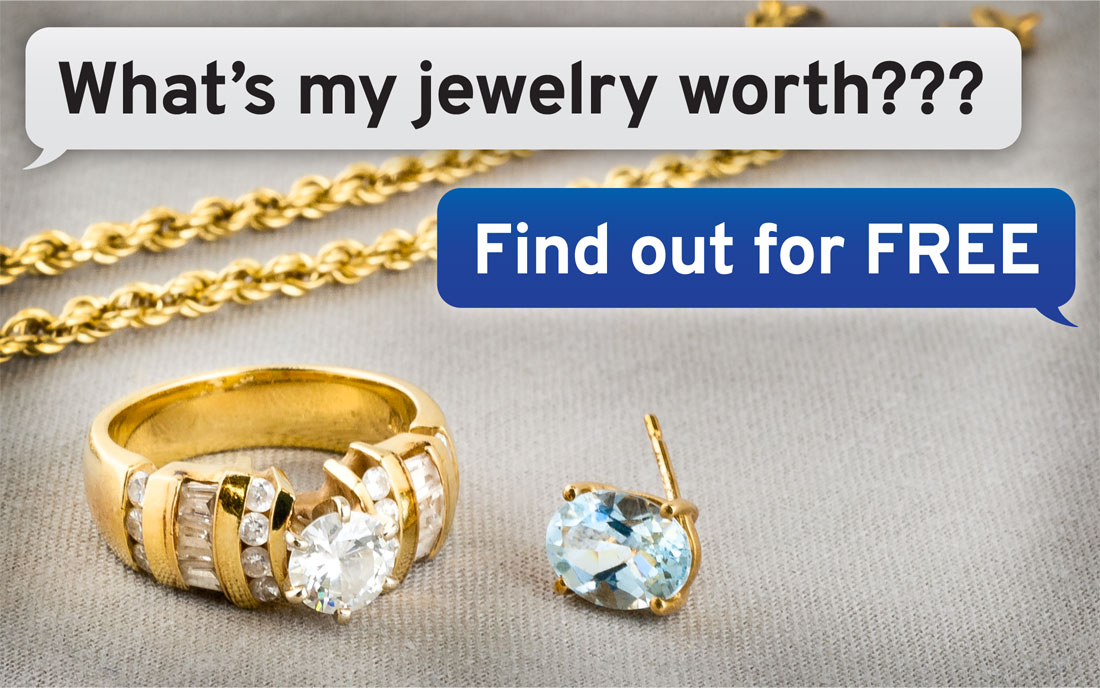
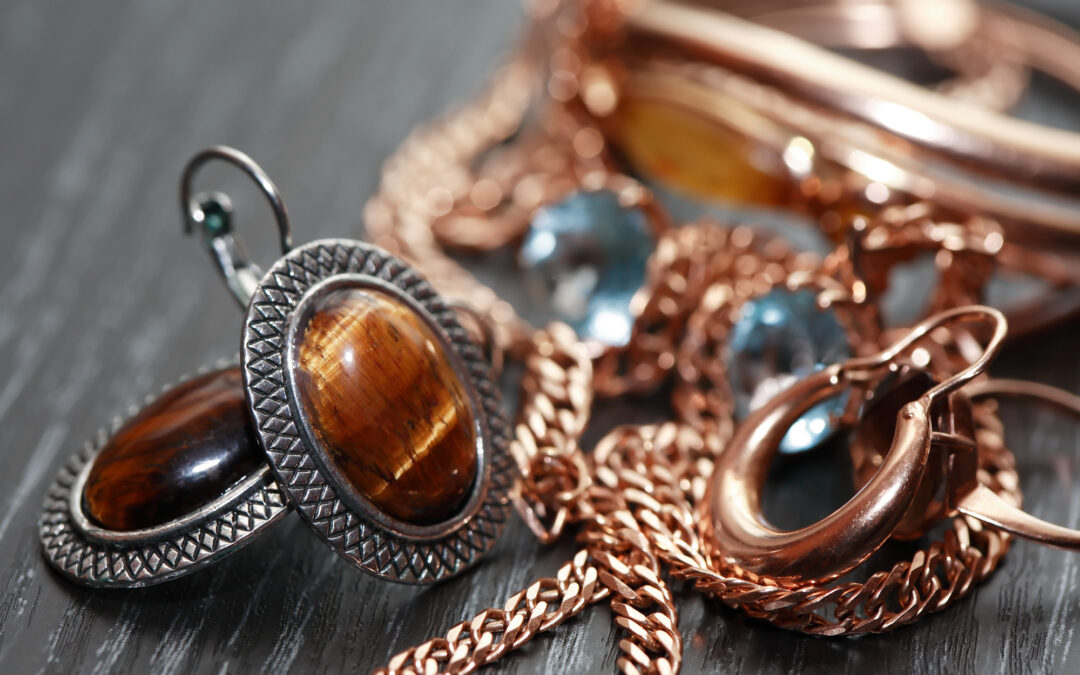


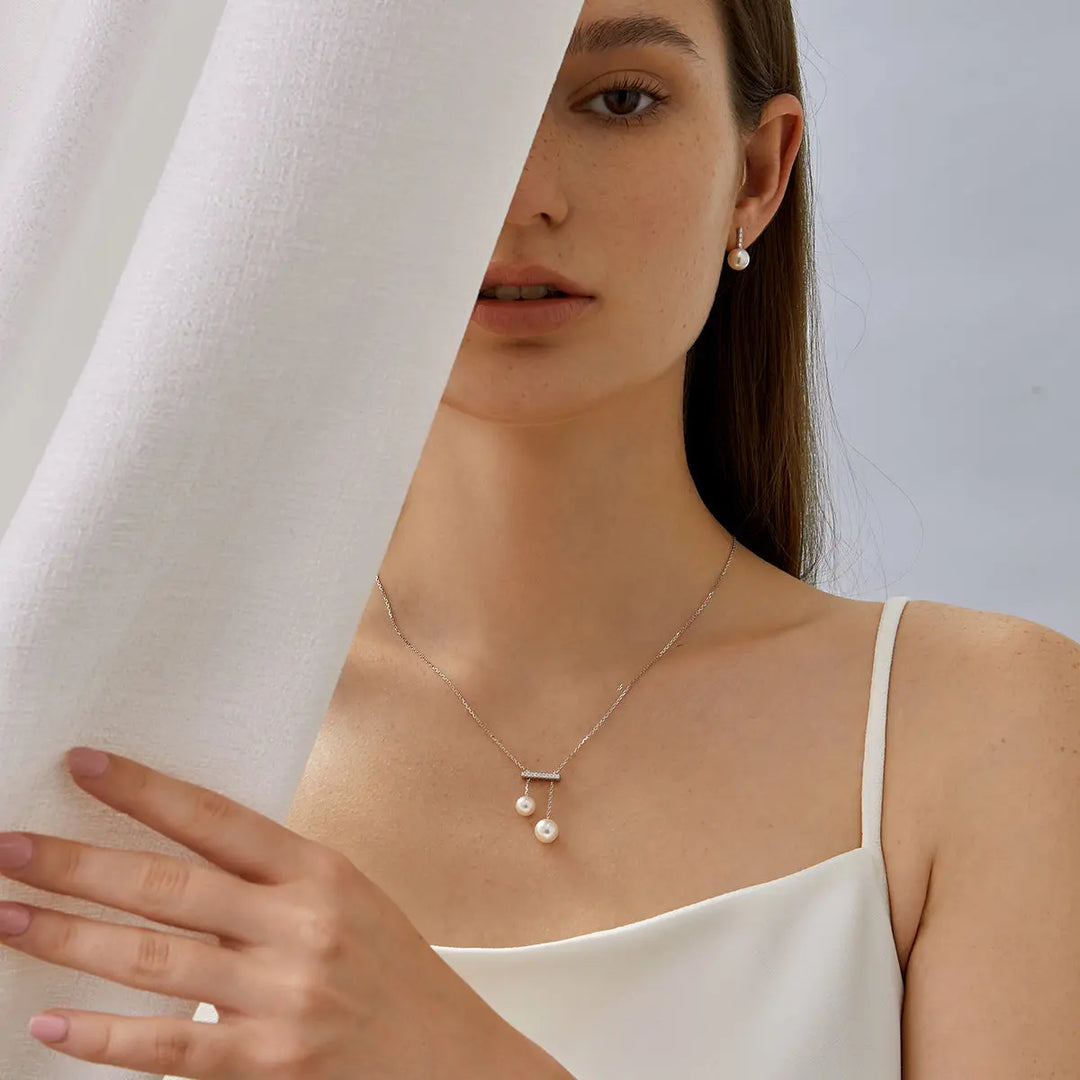




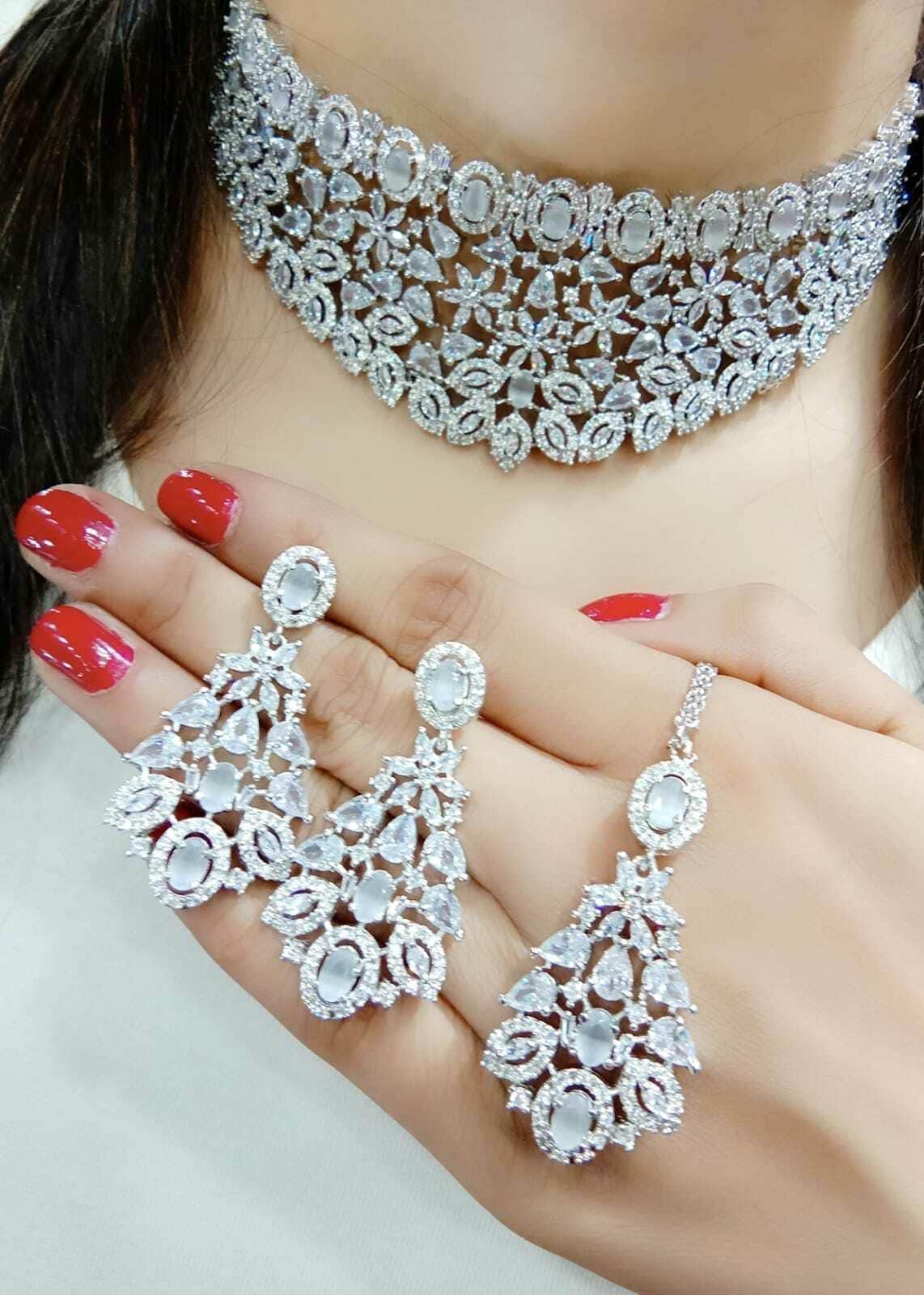

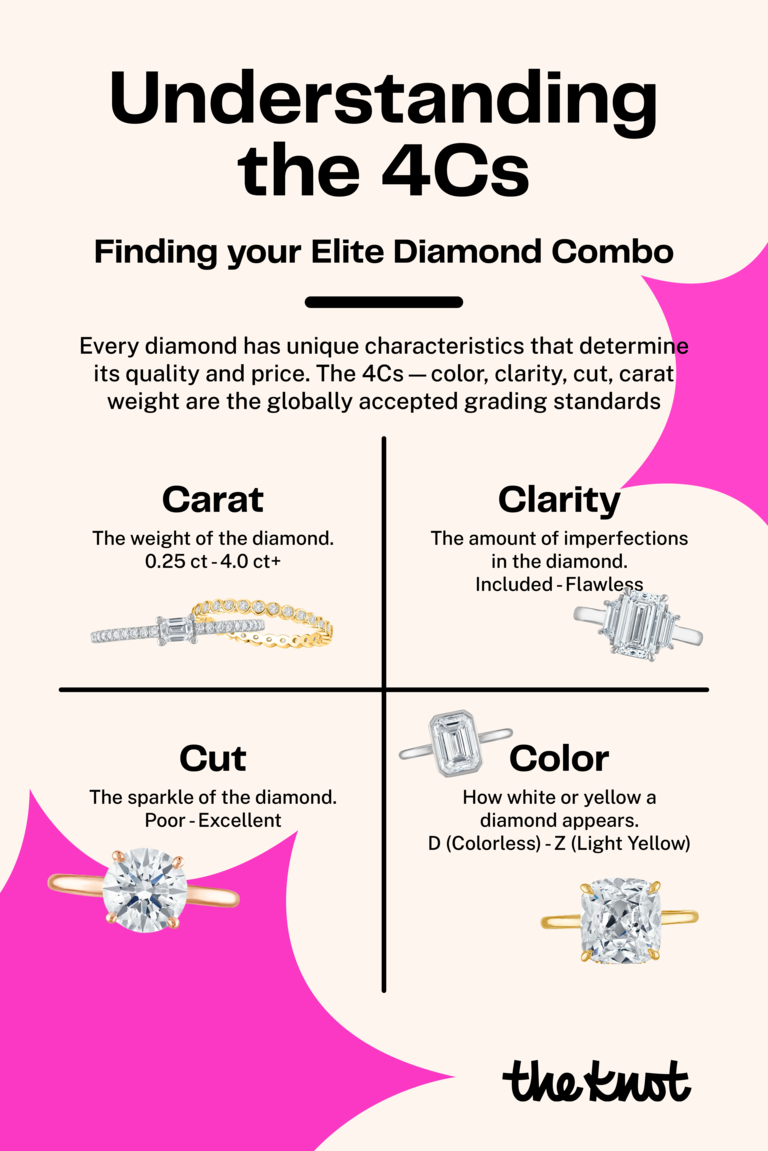


)







0 Comments